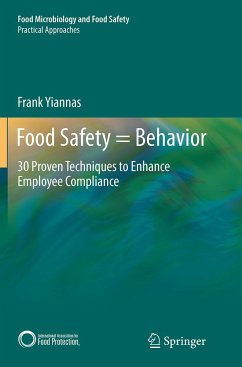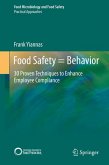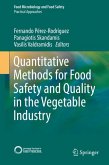This book helps in Achieving food safety success which requires going beyond traditional training, testing, and inspectional approaches to managing risks. It requires a better understanding of the human dimensions of food safety. In the field of food safety today, much is documented about specific microbes, time/temperature processes, post-process contamination, and HACCP-things often called the hard sciences. There is not much published or discussed related to human behavior-often referred to as the "soft stuff." However, looking at foodborne disease trends over the past few decades and published regulatory out-of-compliance rates of food safety risk factors, it's clear that the soft stuff is still the hard stuff. Despite the fact that thousands of employees have been trained in food safety around the world, millions have been spent globally on food safety research, and countless inspections and tests have been performed at home and abroad, food safety remains a significant public health challenge. Why is that? Because to improve food safety, we must realize that it's more than just food science; it's the behavioral sciences, too. In fact, simply put, food safety equals behavior. This is the fundamental principle of this book. If you are trying to improve the food safety performance of a retail or food service establishment, an organization with thousands of employees, or a local community, what you are really trying to do is change people's behavior. The ability to influence human behavior is well documented in the behavioral and social sciences. However, significant contributions to the scientific literature in the field of food safety are noticeably absent. This book will help advance the science by being the first significant collection of 50 proven behavioral science techniques, and be the first to show how these techniques can be applied to enhance employee compliance with desired food safety behaviors and make food safety the socialnorm in any organization.
Bitte wählen Sie Ihr Anliegen aus.
Rechnungen
Retourenschein anfordern
Bestellstatus
Storno








